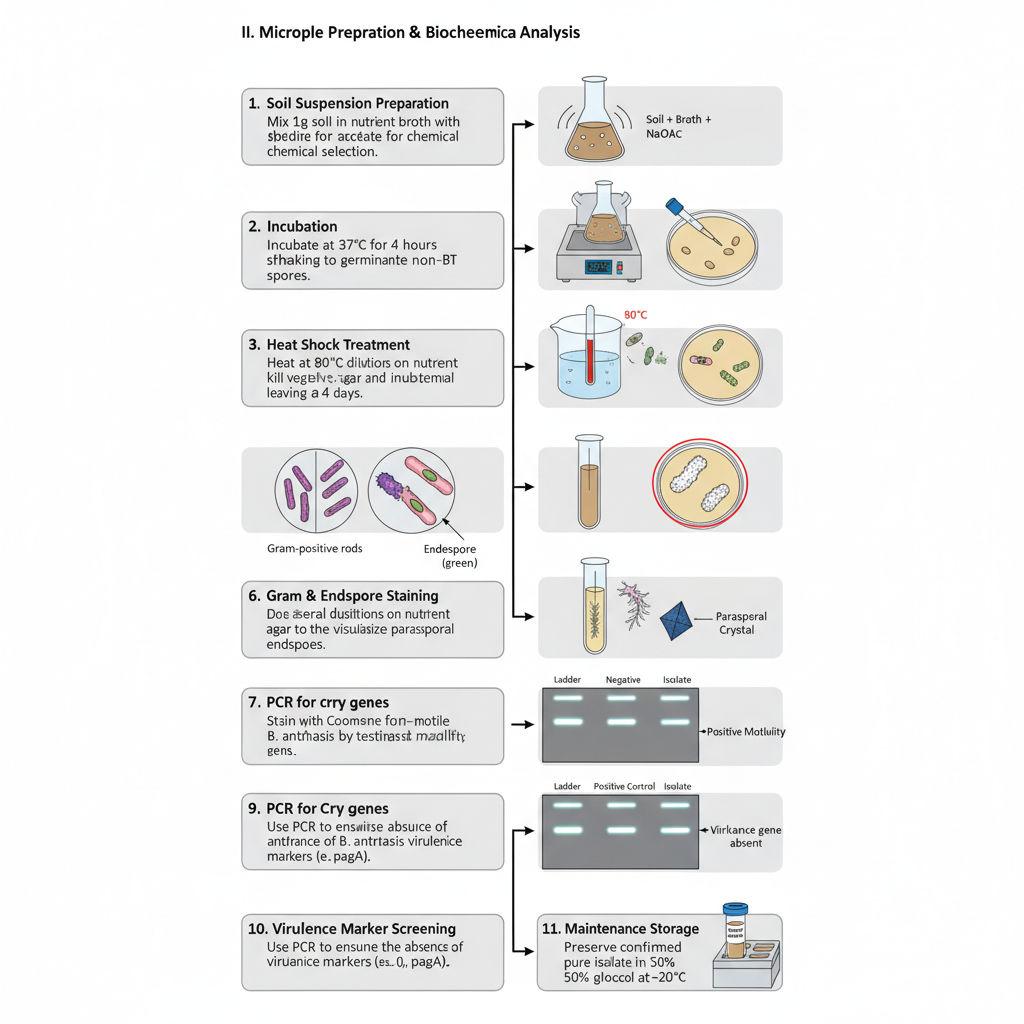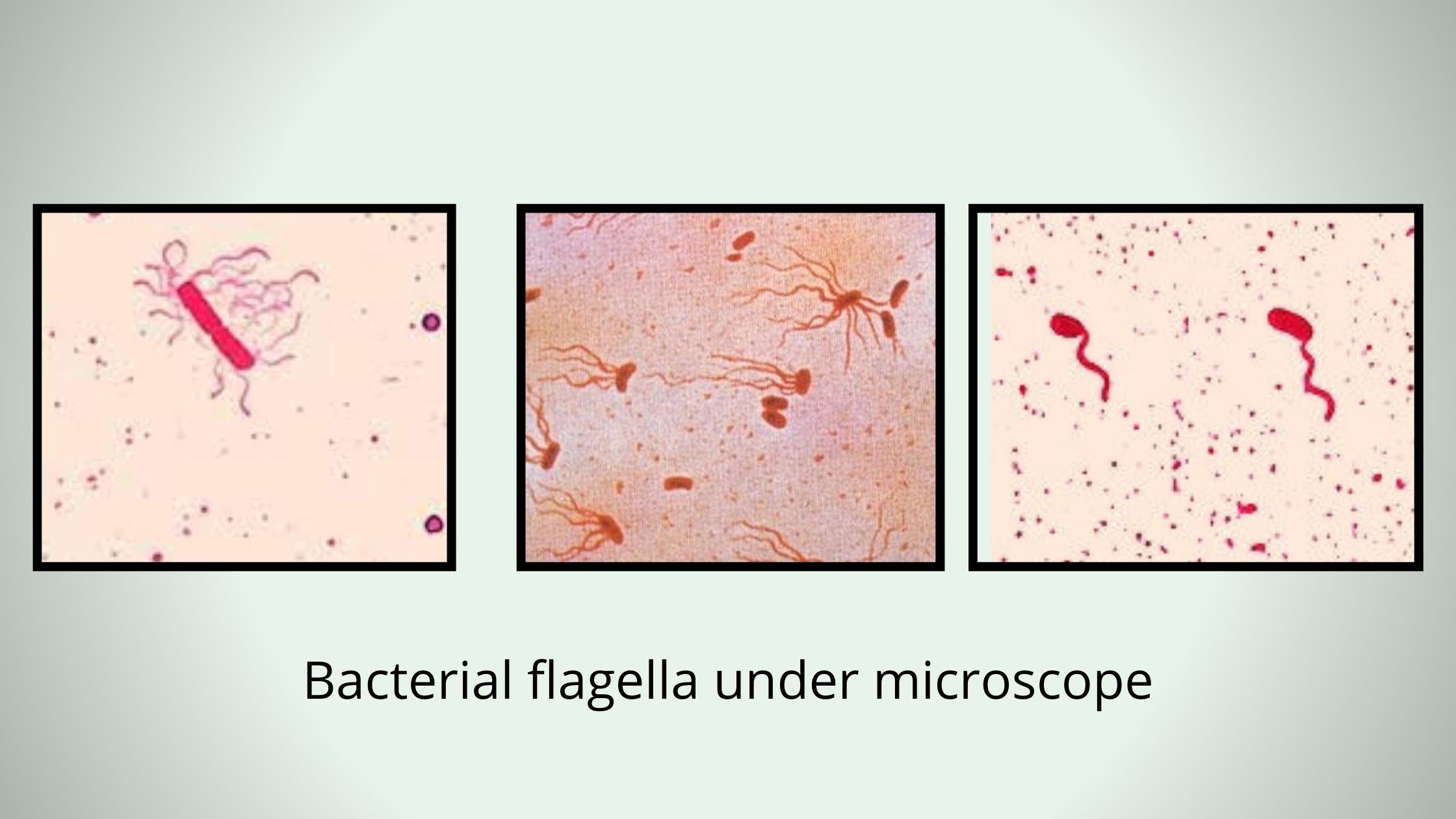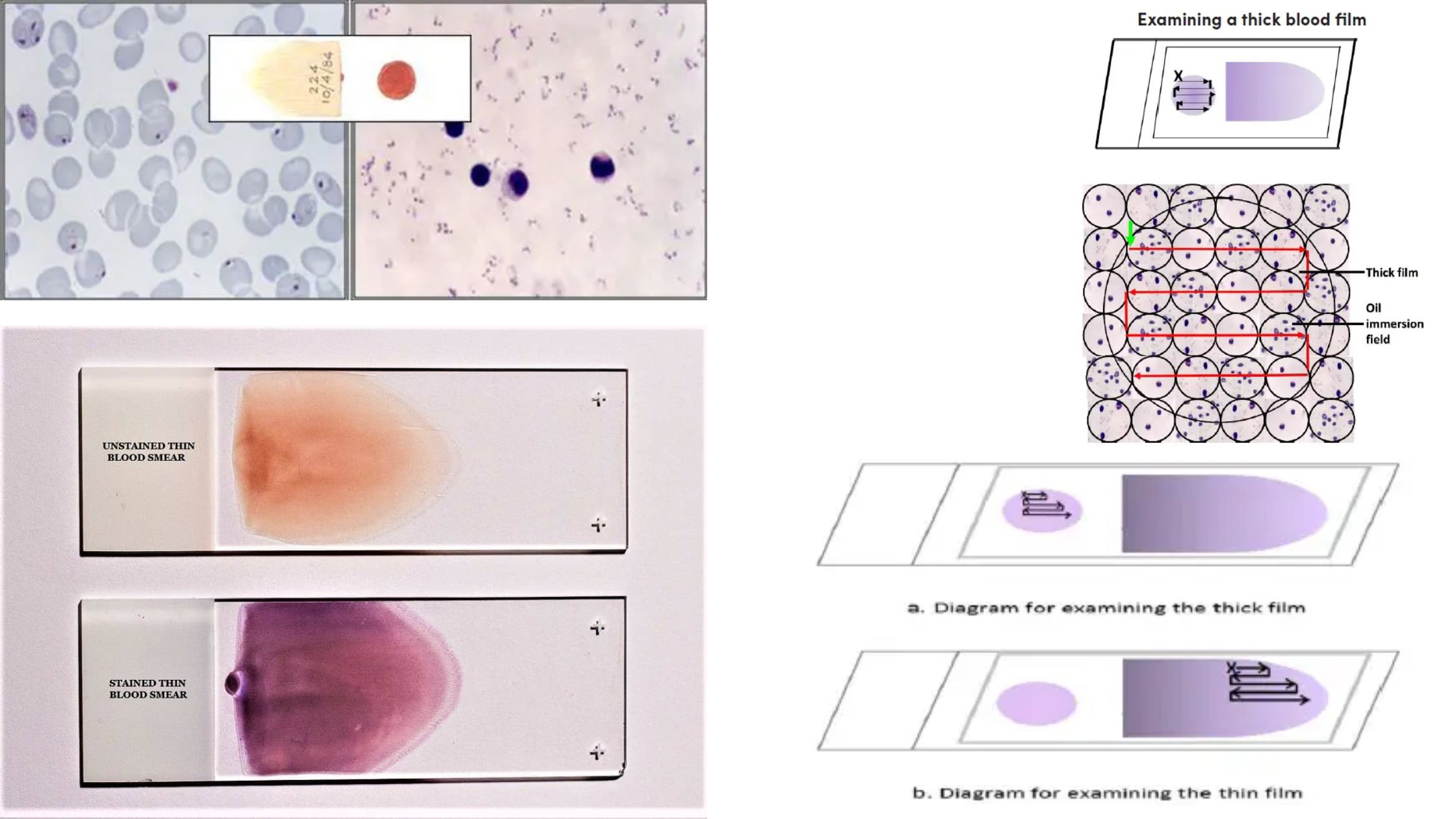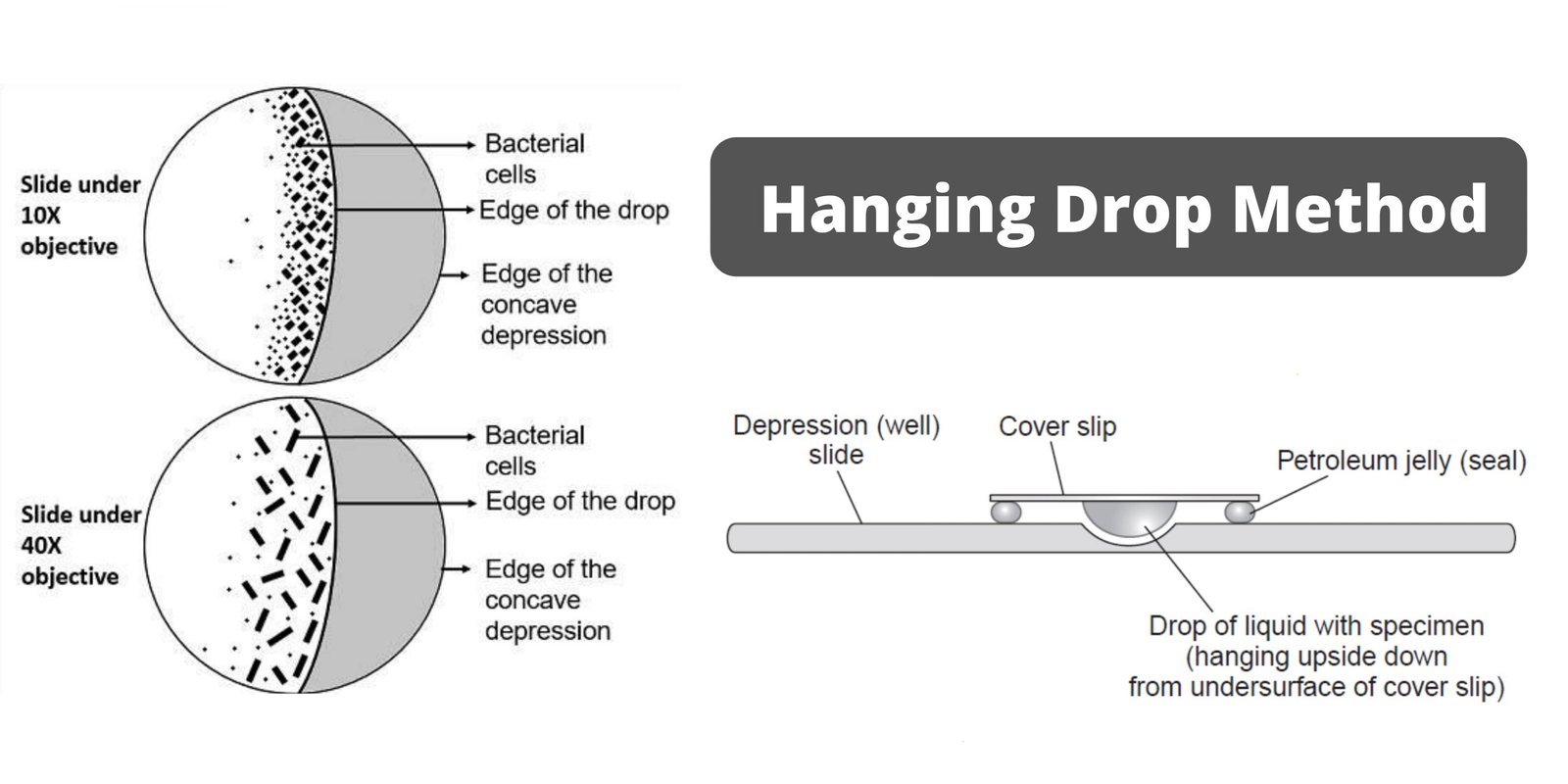Isolation of Bacillus thuringiensis (Bt) from Soil sample
Bacillus thuringiensis (Bt) is a Gram-positive, facultatively anaerobic bacterium that belongs to the B. cereus group. It is the organism that produces the proteinaceous parasporal crystals during sporulation, and these crystals are called delta-endotoxins. These are known as Cry and Cyt toxins, and it is the major insecticidal component. It is widely distributed in soil, … Read more









